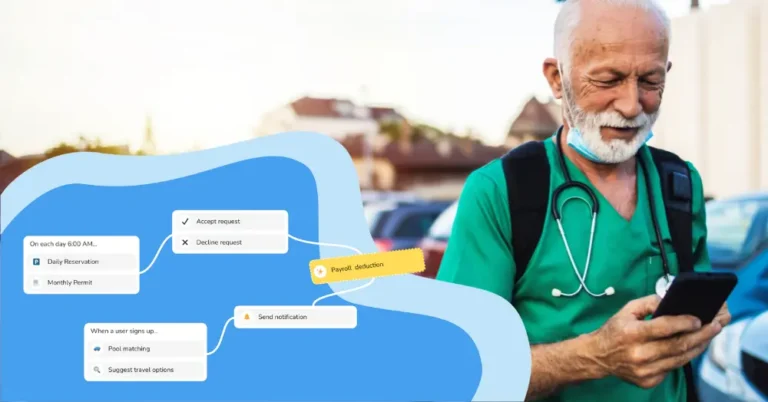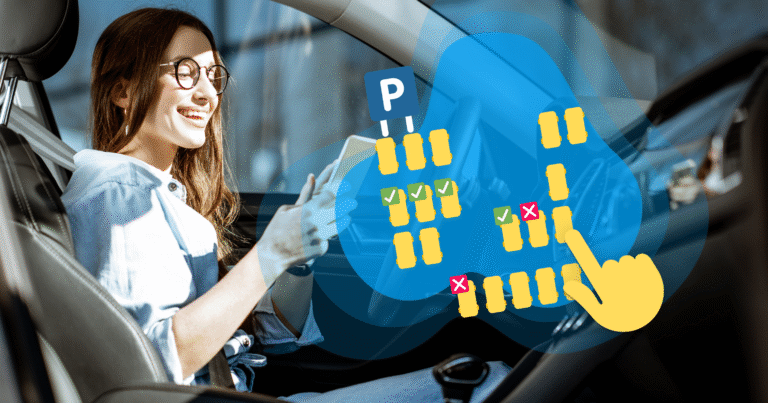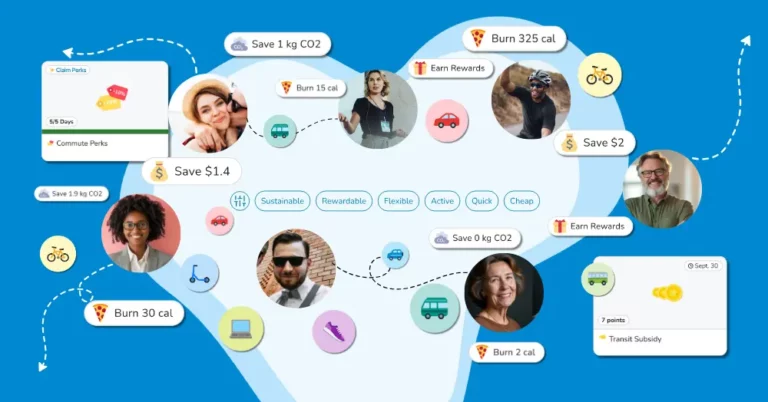Rural areas face a unique set of transportation demand management (TDM) challenges that demand unique solutions. Rural residents are more likely than urban and suburban peers to have access to reliable public transportation. Many have no choice but to rely on single-occupancy vehicles to access jobs and essential services. Investments in infrastructure can create bottlenecks on vital corridors and create safety challenges for workers. At the same time, rural communities tend to include higher shares of elderly residents and people with disabilities, and their average household incomes lag behind those of city-dwellers, making use of a private car difficult.
TDM professionals and organizations like the Association for Commuter Transportation (ACT) are working to bridge the mobility gap by combining thoughtful policy with technological innovation. Major emerging strategies include:
Here’s how each of these strategies is driving real change in the rural transportation demand management landscape:
Vanpools
Rural areas typically have limited public transportation access, leaving residents highly reliant on cars. Driving represents a major expense for many rural commuters, who already earn less on average than their urban peers. Vanpools have emerged as a highly effective rural transportation demand management solution capable of both enhancing mobility and reducing commuting costs.
Here’s how they work:
- An employer or third-party provider sets up a vanpool service for rural residents who live in the same area and share a common destination.
- Participants meet for scheduled pickups and dropoffs at a specified, accessible location.
- Employers typically cover or subsidize costs, or provide pre-tax transportation benefits for commuters to use.
The benefits are huge: A 2024 study by Commute with Enterprise found that vanpool users in rural areas cut their annual commuting costs by an incredible average of $10,000. With their annual incomes typically landing in a range of about $25,000 to $75,000, those savings make a huge difference.
Vanpools are also a smart, practical fit for rural commuters, who often work long and non-traditional hours while coping with limited mobility options.
On-demand mobility
Some transportation agencies operating in rural areas have launched highly successful on-demand mobility programs powered by the CommuteHub platform. Examples include Ohio’s Gohio Mobility initiative and Get There Oregon’s Go Vets mobility service.
The programs use mobile internet technologies to connect people with personalized transportation options on demand. Ohio’s program allows users to filter through available modes to find the best situational option, while Oregon’s uses a rideboard system to connect commuters with trip providers.
CommuteHub can power a complete lineup of on-demand transportation options, including:
- Point-to-point vehicle services
- Fixed-route transit
- Non-emergency medical transportation
- Transportation for people with disabilities
Transportation resilience
Transportation resilience operates at a systemic level. It describes a transportation system’s ability to continue functioning in the face of disruptions, such as inclement weather, traffic accidents, or infrastructure failure.
At the individual level, resilient transportation systems help people remain mobile despite personal setbacks, such as vehicle breakdowns or a temporary inability to drive due to injury. At the community level, they support local economic development while securing future system scalability.
Key strategic elements of resilient approaches to rural transportation demand management include:
- Distributing readily accessible traffic updates in real time
- Technological tools for navigating alternative routes
- Demand-responsive transit systems, like shuttles and dial-a-ride programs
Employer-backed resilience strategies can also incorporate elements like guaranteed ride home programs and stronger support for remote and hybrid working arrangements.
Construction congestion mitigation
Rural areas can be particularly vulnerable to the delays and inconveniences caused by road construction or natural disasters. TDM strategies can make the regional transportation system more resilient during construction to ensure continued access to jobs and essential services during a disruption. Shifting traffic away from a construction corridor also contributes to safety of workers as they complete a project. The CommuteHub platform makes an effective partner for helping rural TDM program planners deliver solutions built around:
- Advance notifications, early warning systems, and real-time traffic updates
- Promoting alternatives that help reduce congestion levels
- Planning detour routes
- Offering customizable travel planning tools to impacted commuters
Bring smarter mobility to rural communities
The RideAmigos CommuteHub platform is packed with practical features and analytical tools that make it easy for employers and rural transportation demand management specialists to design, administer, and track the results of their TDM programs. Use strategies like vanpools, on-demand mobility, and resilient transportation alternatives seamlessly while customizing your programs to the unique needs of rural commuters.
Ready to learn more? Talk to a rural transportation demand management expert at RideAmigos.





